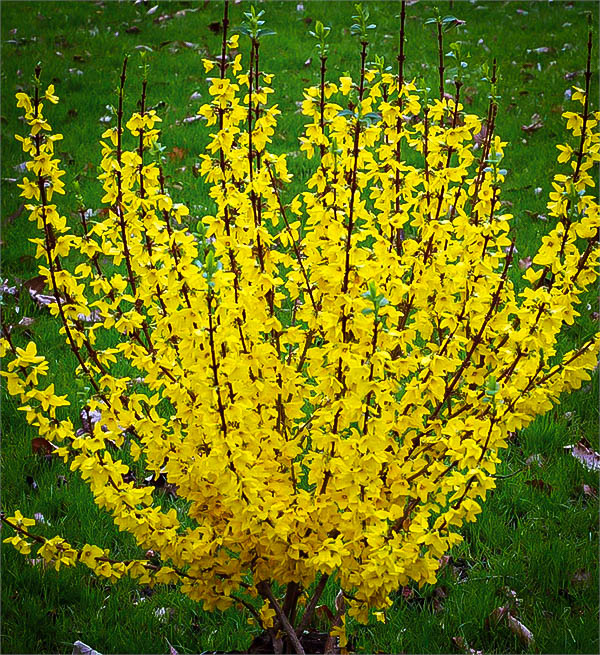GARDENING TIPS FOR MARCH FOR JEFFERSON, IA

Start some vegetable seeds indoors, such as broccoli, cauliflower, Brussels sprouts, and cabbage. (See our Best Dates to Plant chart on Almanac.com/Gardening.)
Prune trees and shrubs if they’re susceptible to disease if pruned during warm weather. (Prune while they’re dormant.)
- Prune dormant fruit trees; the fruit will be larger if it has more room to grow.
- Before planting outdoors, have your soil tested. Find your local cooperative extension on Almanac.com/Gardening.
- Continue providing food and water for the birds and other wildlife.
- Move potted plants to containers that are about 2 inches larger in diameter than their current pot.
- Trees, shrubs, and perennials can be planted as soon as they are available at the nurseries.
- Keep the roots of mail order plants from drying out and plant them as soon as conditions allow.
- Sow some flower seeds indoors now, such as petunia, salvia, snapdragon, and verbena.
- Sow grass seed if weather allows.
- Remove winter protection from roses.
- Fertilize your perennial beds with a balanced fertilizer, such as 6-12-12, and your vegetable garden with 12-12-12.
- Don’t work the soil if it’s too wet. It should feel like crumbly cake in your hands.
- Towards the end of the month, it may be time to sow seeds of eggplant and pepper indoors. (See our Best Dates to Plant chart on Almanac.com/Gardening.)
- Apply a dormant oil spray to your fruit trees to help control insects.
- Sow peas outdoors, even if it’s snowy!
- Remove mulch from established strawberries; remove dead leaves from asparagus and rhubarb.
- Sidedress asparagus and rhubarb with nitrogen fertilizer.
Leave a Reply Cancel reply
Group Tours
Bell Tower Festival
Plant Sale
Live Music
Regular events
at the gardens
Events
latest blog post!
Blog
Gardens are always open
Welcome Center:
10:00 - 4:00 PM Daily
Weekends: May - October
10:00 - 4:00
Hours
201 East Lincoln Way
Jefferson, Iowa 50129
Visit
Navigate
The Thomas Jefferson Gardens bring to life the prairies that welcomed Lewis and Clark explorers and early settlers, heritage plants from Monticello, farming practices of Thomas Jefferson’s time, outdoor musical instruments to experience, a children’s garden, and so much more.
Comments